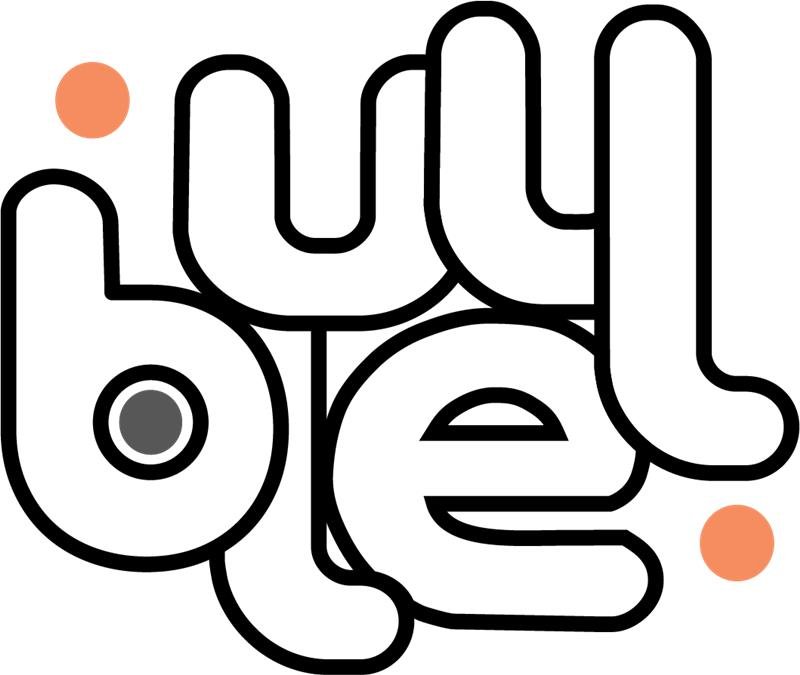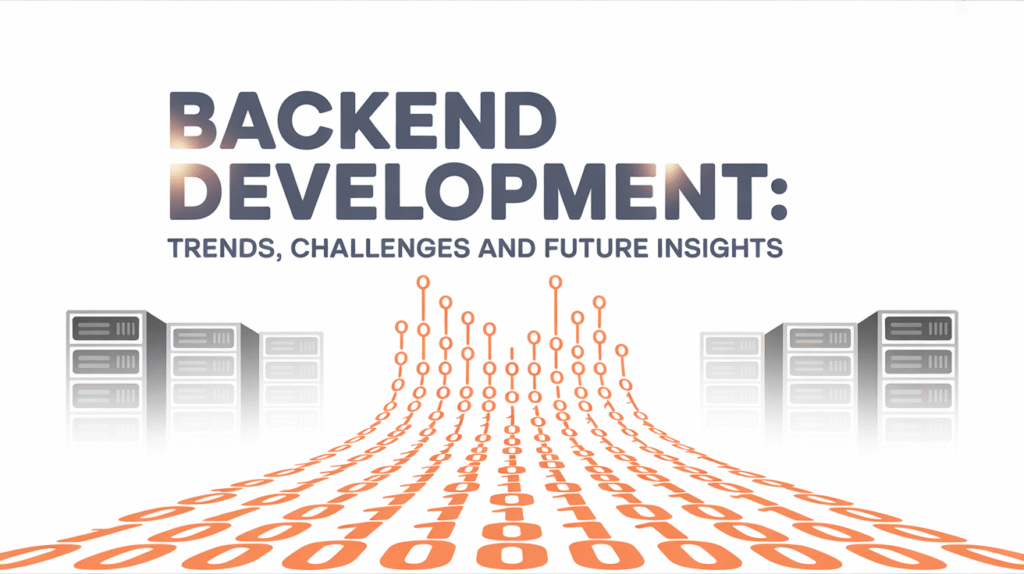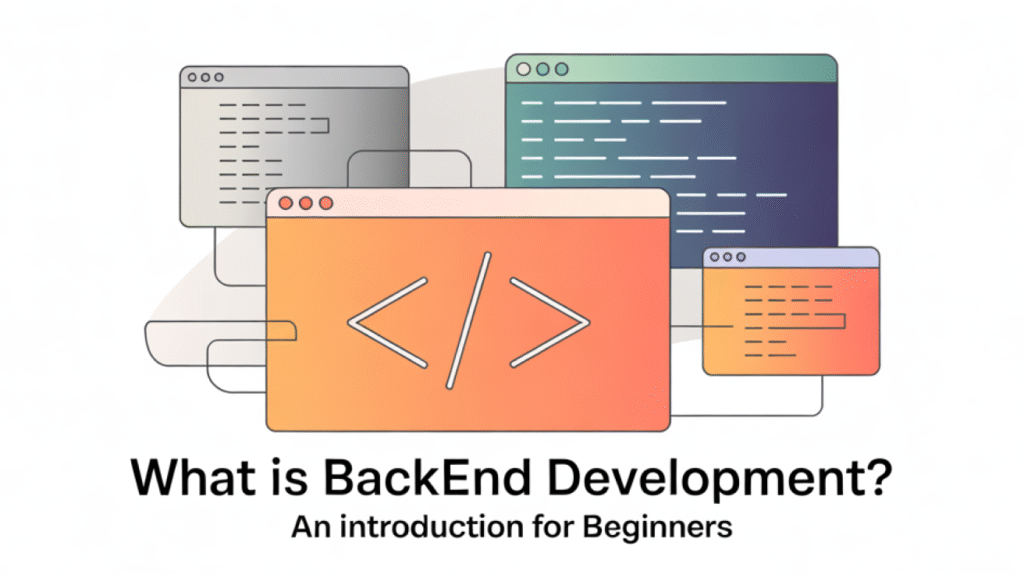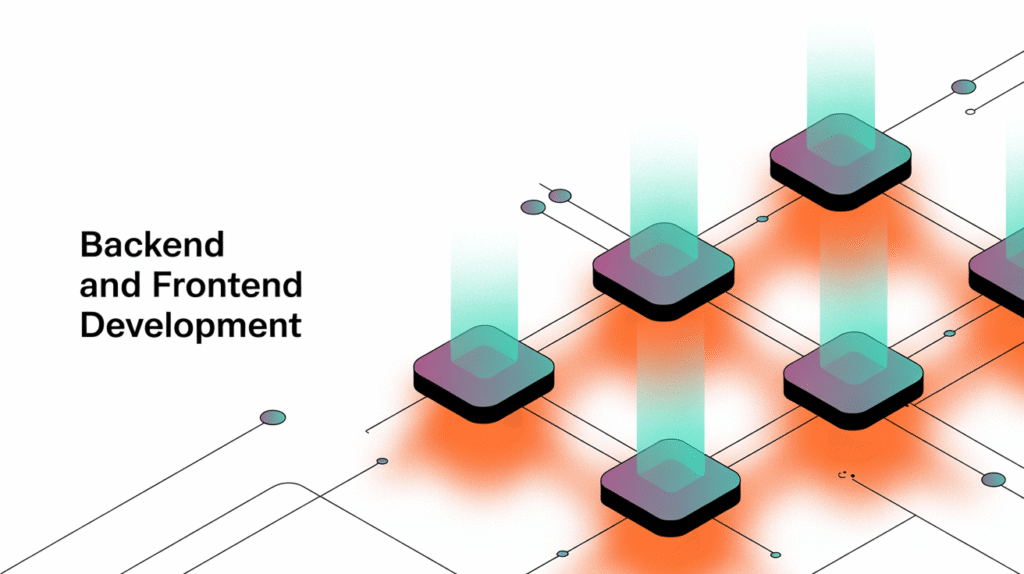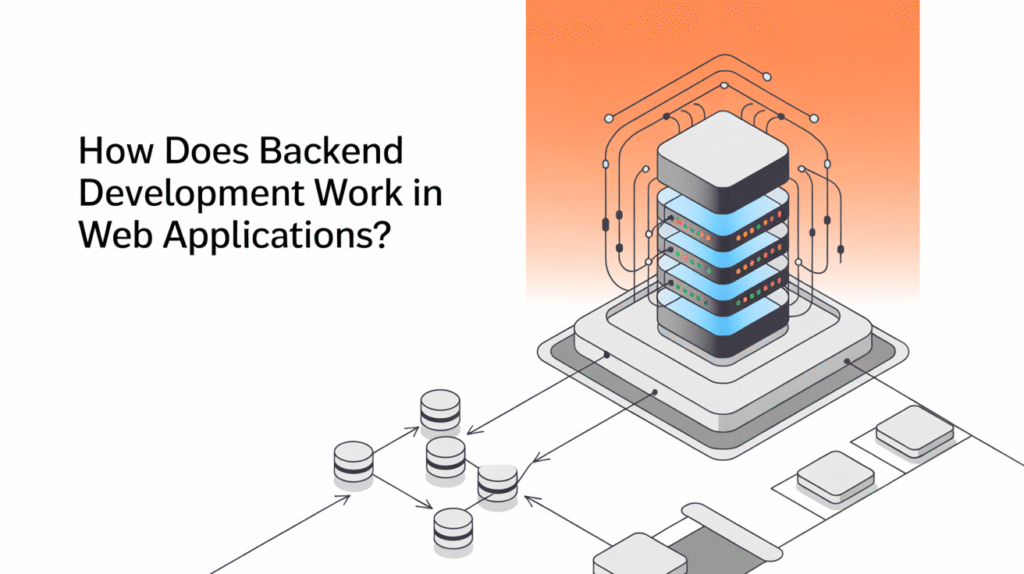- Bluell
- Blog
- Android
MVP vs. Prototype vs. Pilot: Which Phase is Right for You?
- Development
- 9 min Read
- 19 May 2025

In today’s fast-paced startup landscape, choosing the wrong development phase can lead to unnecessary costs and delays. By understanding the differences between Proof-of-Concept (PoC), Prototype, MVP, and Pilot, you can minimize risk and maximize learning early in the process. A PoC focuses on proving technical feasibility before committing significant resources.
Next, a prototype is used to test user interfaces and flows without full backend integration. The step to an MVP involves launching a minimally functional product for real-world market testing and early feedback.
Finally, a pilot gives you insights from a limited version with actual users before you scale up. In this article, we’ll walk you through each phase, when you should move between them, and provide practical examples from Swedish startups like Klarna and a local B2B platform. Let’s start by defining what a PoC actually is.
What is a Proof of Concept (PoC)?
A Proof-of-Concept (PoC) is an early technical test that aims to prove that an idea or solution is feasible in practice. In a PoC, the team builds a limited, simplified version of the product to address and validate the most critical technical challenges.
A PoC is typically performed during the idea generation phase before extensive design and coding begins. The simple setup allows for quick verification of key features without significant cost. By integrating the PoC in a controlled environment, potential roadblocks can be identified at an early stage.
The results provide decision makers and investors with a basis for deciding whether to proceed with the project. In security-related projects, PoC is also used to demonstrate existing vulnerabilities without implementing full-scale attacks.
For Swedish companies, a well-implemented PoC reduces risk and creates confidence for the next step in MVP development at bluell.net.
What is a prototype?
A prototype is an interactive model that simulates the final product with a focus on user flows and functionality. Unlike mockups, which are static images, users can click through menus and test basic features in a prototype.
Prototypes can be low- or high-resolution depending on the level of detail and purpose, from simple clickable wireframes to nearly finished interfaces. By validating design hypotheses early, teams save money and time by finding problems before code is written.
Popular prototyping tools include Figma, Sketch, Adobe XD, and InVision, all of which support real-time interactivity and collaboration. A well-designed prototype increases understanding between developers, designers, and stakeholders by making ideas concrete and testable. Compared to the MVP phase, the prototype helps refine the user experience before launching a minimum viable product.
What is an MVP?
A Minimum Viable Product (MVP) is a fully functional, minimal product that contains just enough core functionality to launch early to market and attract early adopters. By focusing on the right minimum solution, your team can quickly gather real-world feedback and validate the business case without wasting time and resources on unnecessary features.
The term was coined by Frank Robinson in 2001 and then popularized by Eric Ries, who highlighted how an MVP enables experiments similar to the scientific method.
In practice, this means that developers release an early release to a hand-picked group of users to test assumptions about the product’s value and adjust the plan based on the insights.
For Swedish companies investing in MVP development, this strategy means lower risk, faster time-to-market and clear indications of product-market fit.
What is a pilot?
A pilot is a limited version of the product to a select group of users to collect real-world user data. Pilot testing aims to identify operational issues, evaluate performance, and validate business hypotheses in a controlled environment.
Often the pilot is limited to a smaller region or specific user group, allowing for rapid feedback management without compromising the brand. A pilot can last from a few weeks up to several months, depending on the complexity of the product and the availability of participants.
During the pilot, both quantitative data such as bug reports and user statistics are collected, as well as qualitative insights through interviews. The feedback is used to improve functionality, user experience, and to prepare for a full-scale launch.
After the pilot, the results are evaluated against predetermined KPIs to determine whether the product should be scaled up or iterated.
When should you move on from PoC → Prototype → MVP → Pilot?
Follow this checklist to determine your next steps:
Budget
- PoC: Used when you have a very limited budget and need to prove technical feasibility with minimal investment.
- Prototype: Allocate funds for UX design and clickable mockups; typically 20-40% higher cost than PoC.
- MVP: The budget must include basic features for a limited edition, often 2-3 times higher than the prototype stage.
- Pilot: Expect full-scale operational costs for a smaller group of users, including support and infrastructure.
Timeframe
- PoC: Complete in 1-4 weeks to quickly verify basic ideas.
- Prototype: Plan 4-8 weeks for design iterations and user testing.
- MVP: Set a delivery horizon of 3-6 months for development, testing and launch.
- Pilot: Set aside 6-12 months to collect real user data and turn feedback into improvements.
Risk
- PoC: Low risk, focuses solely on technical validation without production code.
- Prototype: Medium risk, user testing may reveal design flaws but does not affect raw data.
- MVP: Higher risk, the product is exposed to real users, which requires robust error handling.
- Pilot: Highest risk, functionality in live operation, but in a controlled environment to minimize major errors.
Practical examples – Swedish startups
In Sweden, we see how the world-leading fintech startup Klarna has gradually moved from an internal prototype to a large-scale pilot ahead of a full-scale launch. Klarna’s first prototype was developed internally in 2005 to demonstrate how “Buy Now, Pay Later” would work in practice, with technical tests at a few e-commerce players.
Following a successful proof-of-concept, Klarna conducted a pilot on Pocketklubben on April 10, 2005, where customers could make purchases without prepayment. The results from the pilot showed a 42% lower transaction cost compared to traditional card terminals, providing important data-driven insights for the broader rollout.
In 2024, Klarna conducted another pilot of physical Adyen terminals in selected stores, which showed that 35% of consumers preferred BNPL alternatives even in physical environments.
In a secret case, a Swedish B2B platform for industrial customers built an early prototype that connected manufacturers with distributors via a simple web-based dashboard. The platform was tested in a pilot with three regional suppliers in Gothenburg and Malmö over six weeks, generating over 120 order inquiries and providing feedback on UX flows and API stability.
While the details of the project are confidential, these lessons demonstrate the importance of conducting targeted pilots to hone features and ensure scalability before full launch.
Table of contents
Contact us
Book a call or fill out the form below and we will get back to you once we have processed your request.
